How Long Will it Take to Build a Custom Home?
Building a custom home is an exciting and complex process that allows you to create a living space tailored to your specific needs and preferences. However, it also requires careful planning and a clear understanding of the timeline involved. The time it takes to build a custom home can vary significantly depending on several factors, including the size and complexity of the design, the location, the weather, and the availability of materials and labor. This guide provides a comprehensive overview of the stages involved in building a custom home and the typical timeframes associated with each stage.
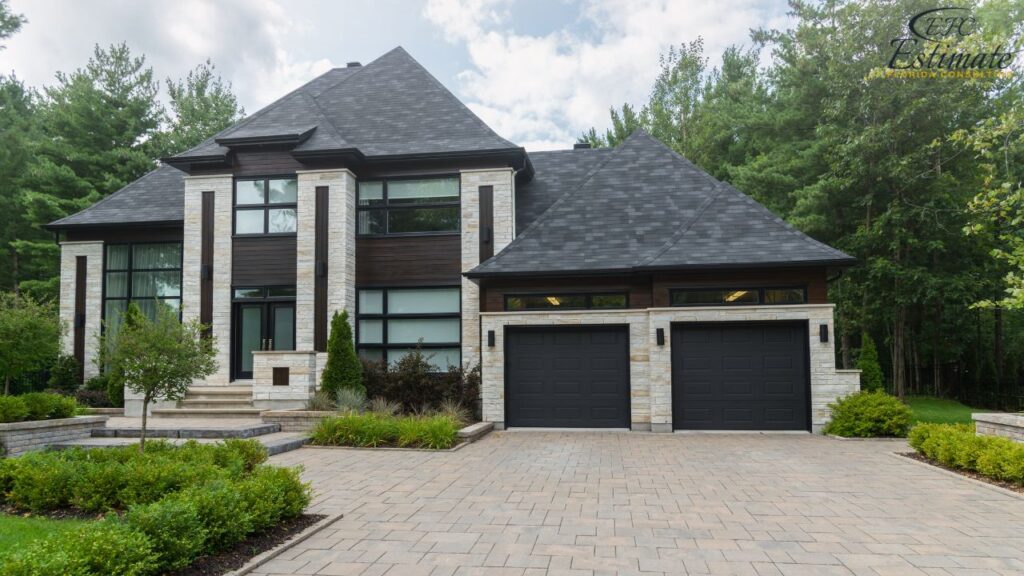
Factors Influencing the Timeline for Building a Custom Home
Several factors influence the overall timeline for building a custom home. These include the complexity of the design, the size of the home, the location, weather conditions, and the availability of materials and labor. Each factor plays a crucial role in determining the total time required to complete the project. By understanding these factors, you can better plan your project and set realistic expectations for its completion.
Complexity of the Design
The complexity of the home’s design is one of the most significant factors affecting the timeline. Custom homes with intricate architectural features, unique layouts, or high-end finishes will take longer to build than simpler designs. Complex designs may also require more detailed planning and coordination, adding to the overall time required for completion.
Simple Designs: 6-8 months
- Homes with straightforward designs and standard features typically have shorter construction timelines. These projects involve fewer custom elements and are easier to plan and execute.
- Example: A basic single-story home with standard finishes.
Moderate Complexity: 10-12 months
- Homes with moderate complexity may include additional features such as multiple stories, custom finishes, or unique architectural elements. These projects require more detailed planning and coordination.
- Example: A two-story home with custom cabinetry and upgraded flooring.
High Complexity: 12-18+ months
- Highly complex custom homes with elaborate designs, high-end finishes, and unique features will take the longest to complete. These projects often require specialized labor and materials, adding to the timeline.
- Example: A luxury home with intricate architectural details, high-end appliances, and custom-built features.
Size of the Home
The size of the custom home also plays a significant role in determining the construction timeline. Larger homes require more materials, labor, and time to complete. Additionally, larger homes often include more complex systems, such as HVAC and electrical, which can add to the construction time.
Small Homes (1,500 - 2,500 sq ft): 6-9 months
- Smaller homes generally take less time to build due to their reduced size and simpler layouts. These projects can often be completed more quickly, especially if they involve standard construction methods.
- Example: A small family home with three bedrooms and two bathrooms.
Medium Homes (2,500 - 4,000 sq ft): 9-12 months
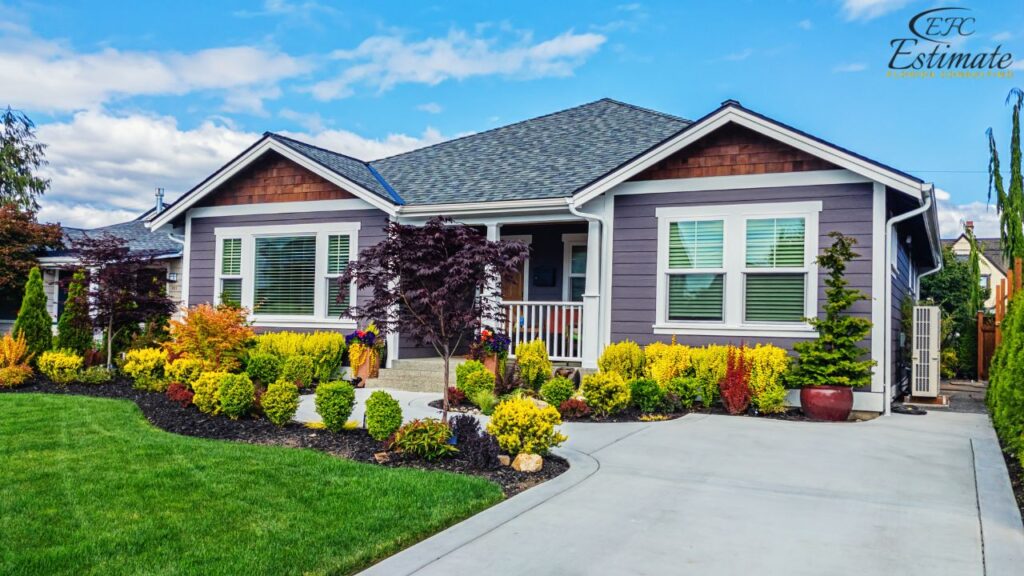
- Medium-sized homes require more time due to their larger footprint and additional features. These projects may include multiple living spaces, larger kitchens, and additional bedrooms and bathrooms.
- Example: A mid-sized home with four bedrooms, a large kitchen, and multiple living areas.
Large Homes (4,000+ sq ft): 12-18+ months
- Large custom homes take the longest to build due to their extensive size and complexity. These projects often involve multiple levels, expansive living areas, and numerous custom features.
- Example: A luxury estate with six bedrooms, a home theater, and extensive outdoor living spaces.
Location and Site Preparation
The location of the build site and the amount of preparation required can significantly impact the timeline. Factors such as the condition of the land, access to utilities, and local permitting processes can all affect how long it takes to start and complete construction.
Urban Areas: 6-9 months
- Building in urban areas may involve quicker access to utilities and materials, but it can also mean navigating stricter zoning laws and permitting processes. These factors can both expedite and delay the construction timeline.
- Example: A city lot with existing utility connections.
Suburban Areas: 9-12 months
- uburban areas often provide a balance between accessibility and regulatory processes. However, depending on the location, there may still be specific requirements that affect the timeline.
- Example: A suburban neighborhood with established infrastructure.
Rural Areas: 12-18+ months
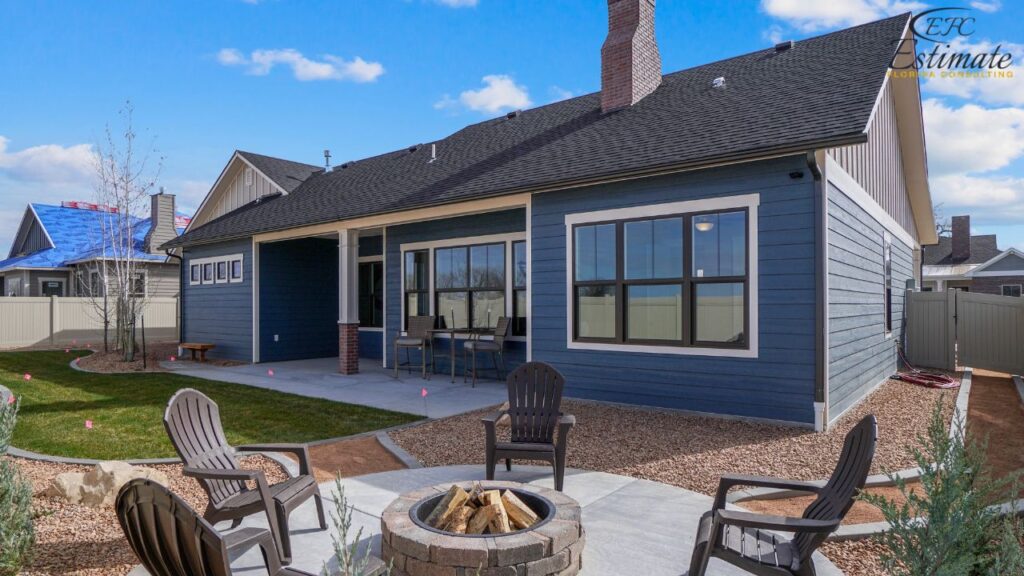
- Building in rural areas can involve more extensive site preparation, such as clearing land and installing utilities. These projects may also face delays due to weather conditions and access to materials and labor.
- Example: A rural property requiring significant land clearing and utility installation.
Weather Conditions
Weather conditions can have a significant impact on the construction timeline. Adverse weather can delay various stages of construction, from site preparation to exterior finishing. Planning for potential weather delays is essential to setting realistic expectations for project completion.
Favorable Weather: Minimal delays
- Building in regions with mild, predictable weather can help keep the construction timeline on track. Favorable weather conditions allow for continuous work without significant interruptions.
- Example: Building in a region with a mild climate and minimal seasonal variation.
Variable Weather: Moderate delays
- Areas with variable weather conditions, such as seasonal rain or temperature fluctuations, can experience moderate delays. These conditions may affect specific stages of construction, such as foundation work or exterior finishing.
- Example: Building in a region with distinct wet and dry seasons.
Adverse Weather: Significant delays
- Regions with extreme weather conditions, such as heavy snow, hurricanes, or severe storms, can face significant delays. These conditions can halt construction entirely and require additional measures to protect the build site.
- Example: Building in a region prone to hurricanes or heavy snowfall.
Download Template For Custom Home Project Breakdown
- Materials list updated to the zip code
- Fast delivery
- Data base of general contractors and sub-contractors
- Local estimators

Availability of Materials and Labor
The availability of materials and skilled labor can also impact the construction timeline. Delays in obtaining materials or shortages of skilled labor can slow down the project. Working with reliable suppliers and contractors can help mitigate these issues.
Readily Available Materials: Shorter timelines
- Projects with readily available materials and a stable supply chain can progress more quickly. Ensuring that materials are ordered and delivered on time is crucial for maintaining the construction schedule.
- Example: Using standard building materials from local suppliers.
Special Order Materials: Moderate delays
- Custom or special-order materials may take longer to obtain, leading to moderate delays. Coordinating the delivery of these materials with the construction schedule is essential to avoid extended downtime.
- Example: Custom cabinetry or specialty flooring.
Material Shortages: Significant delays
- Material shortages or supply chain disruptions can cause significant delays. Planning for potential shortages and having backup options can help keep the project on track.
- Example: Global supply chain issues affecting the availability of construction materials.
Typical Stages of Building a Custom Home and Timeframes
Building a custom home involves several stages, each with its own timeframe. Understanding these stages can help you plan and manage your project more effectively.
Pre-Construction Phase
The pre-construction phase includes planning, design, and obtaining permits. This phase is critical for setting the foundation for a successful project and typically takes 2-4 months.
Design and Planning: 1-2 months
- Working with architects and designers to create the home’s layout and features. This stage involves multiple revisions and approvals to finalize the design.
- Example: Creating floor plans, selecting materials, and determining the overall aesthetic of the home.
Permitting and Approvals: 1-2 months
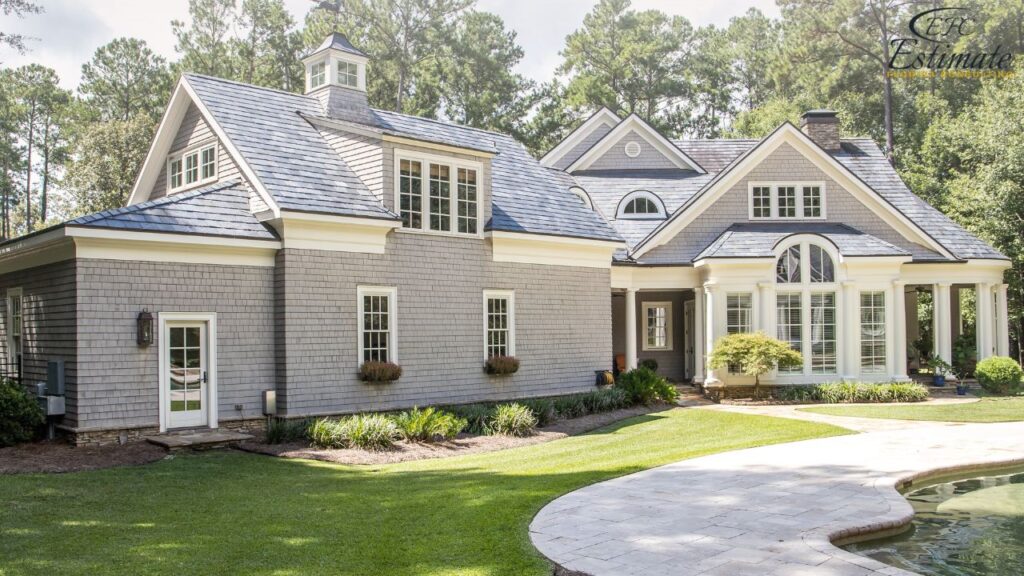
- Obtaining the necessary permits and approvals from local authorities. This process can vary depending on the location and complexity of the project.
- Example: Submitting plans for building permits, zoning approvals, and environmental assessments.
Site Preparation and Foundation
The site preparation and foundation phase involves clearing the land, installing utilities, and laying the foundation. This phase typically takes 1-3 months.
Site Clearing and Preparation: 2-4 weeks
- Clearing the land of vegetation, debris, and existing structures. Preparing the site for construction by grading and leveling the ground.
- Example: Removing trees, grading the land, and setting up temporary facilities.
Foundation Work: 4-8 weeks
- Laying the foundation, which may include concrete slabs, footings, and basements. This stage is critical for ensuring the stability and durability of the home.
- Example: Pouring concrete, installing rebar, and setting up drainage systems.
Framing and Roofing
The framing and roofing phase involves constructing the home’s structural framework and installing the roof. This phase typically takes 2-3 months.
Framing: 6-8 weeks
- Erecting the wooden or steel frame that forms the skeleton of the home. This stage includes constructing walls, floors, and ceilings.
- Example: Assembling wall frames, floor joists, and roof trusses.
Roofing: 2-4 weeks
- Installing the roof structure and covering, which may include shingles, tiles, or metal roofing. Ensuring the roof is weatherproof and properly insulated.

- Example: Laying roof sheathing, applying underlayment, and installing shingles or tiles.
Exterior and Interior Work
The exterior and interior work phase involves completing the home’s exterior finishes and interior installations. This phase typically takes 4-6 months.
Exterior Finishes: 2-3 months
- Installing exterior walls, windows, doors, and siding. Completing exterior features such as decks, patios, and landscaping.
- Example: Applying siding, installing windows and doors, and landscaping the yard.
Exterior Finishes: 2-3 months
- Installing interior walls, flooring, cabinetry, and fixtures. Completing plumbing, electrical, and HVAC systems.
- Example: Installing drywall, painting, laying flooring, and installing kitchen and bathroom fixtures.
Get 5 New Leads Next 7Days With Our System
- Multi-Family Building
- Hotel Building
- Hospital Building
- Warehouse Building
- High-Rise Building
- Shopping Complex
Final Inspections and Handover
The final inspections and handover phase involves completing final inspections, addressing any remaining issues, and officially handing over the home to the owner. This phase typically takes 1-2 months.
Final Inspections: 2-4 weeks
- Conducting final inspections to ensure the home meets all building codes and standards. Addressing any issues identified during inspections.
- Example: Inspecting plumbing, electrical, and structural elements.
Handover: 2-4 weeks
- Completing final touches and officially handing over the home to the owner. Providing documentation and warranties for the home.
- Example: Conducting a final walkthrough, handing over keys, and providing maintenance instructions.
Conclusion
The time it takes to build a custom home can vary significantly based on several factors, including the complexity of the design, the size of the home, the location, weather conditions, and the availability of materials and labor. By understanding these factors and the typical stages involved in building a custom home, you can set realistic expectations and effectively plan your project. Whether you’re building a simple, straightforward home or a highly complex luxury residence, careful planning and coordination are essential to ensure a smooth and successful construction process.
Investing time in the pre-construction phase, working with experienced professionals, and planning for potential delays can help you achieve your dream home within your desired timeframe. Properly managing each stage of the construction process will ensure that your custom home is built to the highest standards and meets all your expectations.
FAQs
Several factors influence the timeline, including the complexity of the design, the size of the home, the location, weather conditions, and the availability of materials and labor. Each of these factors can significantly impact the total time required to complete the project.
Custom homes with simple designs typically take 6-8 months to build. These projects involve straightforward designs and standard features, making them quicker to plan and execute.
Homes with moderate complexity usually take 10-12 months to build. These projects may include additional features such as multiple stories, custom finishes, or unique architectural elements.
Highly complex custom homes can take 12-18+ months to build. These projects often require specialized labor and materials, adding to the overall time required for completion.
The size of the home significantly impacts the construction timeline. Smaller homes (1,500 – 2,500 sq ft) generally take 6-9 months, medium-sized homes (2,500 – 4,000 sq ft) take 9-12 months, and large homes (4,000+ sq ft) take 12-18+ months.
The location of the build site and the amount of preparation required can significantly affect the timeline. Urban areas may involve quicker access to utilities and materials but can have stricter zoning laws and permitting processes. Suburban areas often provide a balance between accessibility and regulatory processes, while rural areas may require more extensive site preparation, leading to longer timelines.
Weather conditions can have a significant impact. Favorable weather with minimal delays helps keep the timeline on track. Variable weather can cause moderate delays, while adverse weather conditions like heavy snow or hurricanes can lead to significant delays.
Readily available materials and stable labor supply can shorten timelines. Special-order materials or material shortages can cause moderate to significant delays. Working with reliable suppliers and contractors helps mitigate these issues.
The stages and their typical timeframes are:
- Pre-Construction Phase: 2-4 months (Design and Planning: 1-2 months, Permitting and Approvals: 1-2 months)
- Site Preparation and Foundation: 1-3 months (Site Clearing and Preparation: 2-4 weeks, Foundation Work: 4-8 weeks)
- Framing and Roofing: 2-3 months (Framing: 6-8 weeks, Roofing: 2-4 weeks)
- Exterior and Interior Work: 4-6 months (Exterior Finishes: 2-3 months, Interior Finishes: 2-3 months)
- Final Inspections and Handover: 1-2 months (Final Inspections: 2-4 weeks, Handover: 2-4 weeks)
Additional considerations include:
- Permits and Inspections: Ensuring all required permits and inspections are obtained and completed.
- Disposal of Old Materials: Properly disposing of any old materials or debris.
- Choosing the Right Contractor: Selecting a reputable and experienced contractor to ensure high-quality work and adherence to the timeline.
Ensuring your project stays on track involves investing time in the pre-construction phase, working with experienced professionals, planning for potential delays, and managing each stage of the construction process carefully. Clear communication with your contractor and regular progress updates can also help maintain the timeline.
Google Reviews

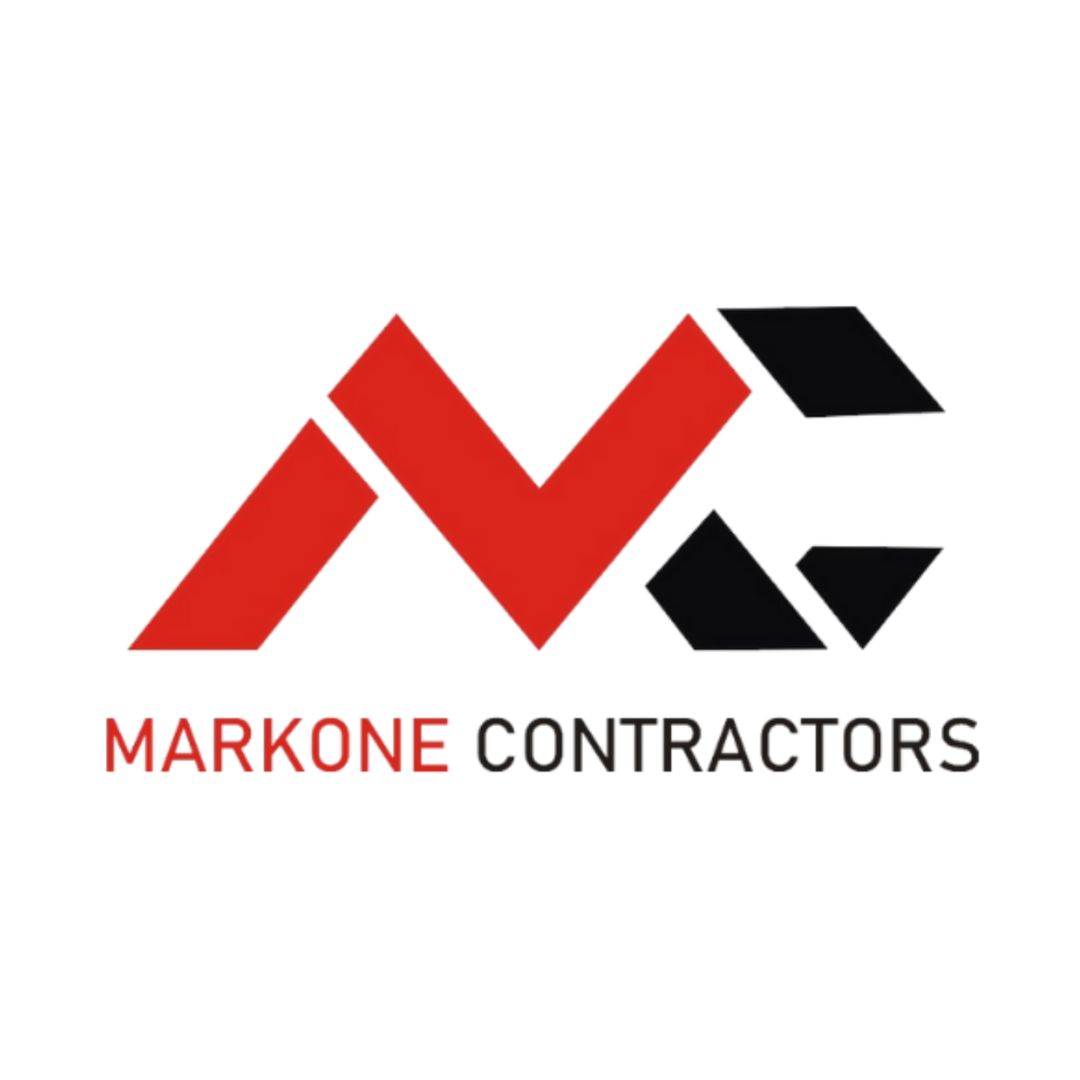

Process To Get Custom Home Estimate Report
Here I am going to share some steps to get custom home estimate report.
-
You need to send your plan to us.
You can send us your plan on info@estimatorflorida.com
-
You receive a quote for your project.
Before starting your project, we send you a quote for your service. That quote will have detailed information about your project. Here you will get information about the size, difficulty, complexity and bid date when determining pricing.
-
Get Estimate Report
Our team will takeoff and estimate your project. When we deliver you’ll receive a PDF and an Excel file of your estimate. We can also offer construction lead generation services for the jobs you’d like to pursue further.

